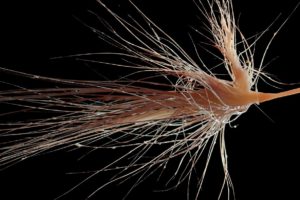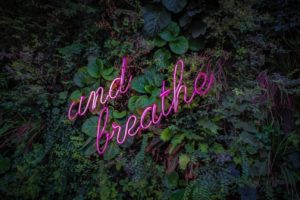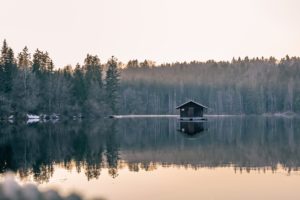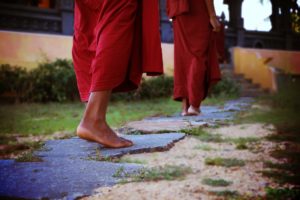You haven’t been imagining things — it HAS gotten harder to learn, change, and adapt as you’ve aged. But it IS possible to supercharge your adaptability and learn new things faster thanks to magic of something called neuroplasticity.

The Inspired Work of
Passionate about accessible education and evidence-based wellness, Laura founded The MAPS Institute, an educational wellness editorial and platform. Aside from her passion for research and educating, Laura is a classically trained vocalist, sound therapist, and a practitioner and teacher of Ashtanga and Restorative Yoga. She is the creator of the MAPS (Mindfulness, Activation, Purpose, and Surrender) philosophy and is in continual pursuit of helping her students and herself find balance amid the chaos around and within them. When not sifting through Nature Magazine, complaining about their paywalls, she enjoys trying new wine varietals, experimenting in the kitchen, riding her bicycle (sometimes cross-country), and spending time with her husband Charlie, cockapoo Miles, and expected baby girl, Ella. Click here to follow the MAPS Institute on social media.

You haven’t been imagining things — it HAS gotten harder to learn, change, and adapt as you’ve aged. But it IS possible to supercharge your adaptability and learn new things faster thanks to magic of something called neuroplasticity.

We are continually overloading our nervous system and the stuff between our ears, but give little thought to how we’re going to recharge these two vital systems — yet expect them to function optimally! But when we don’t recharge we negatively impact our ability to achieve our long term goals in a sustainable way. Pranayama can help you flip the switch from brain-drain to nervous system recharge.

Stillness sounds great, in theory, but most of us get uncomfortable with it pretty quickly, immediately mentally or physically filling the void. Thanks to the demands of our families, our work, the little pings on our phones, and culturally-driven desire to achieve and not get left behind, most of us just can’t fathom the indulgent luxury of stillness. And yet, the rewards of seeking silence abound, and perhaps are not so luxurious after all — if you can let go and make stillness a part of your life.

Meditation doesn’t need to be as complicated as you might think. The Japanese, in fact, have a number of practices that can help you integrate so-called moving meditations into your day, and one of the least well-known is Kinhin (Kin’ Yin’), or the practice of walking meditation. It’s special because it’s integrated into something that all of us already do: walk!

As the weather becomes a bit cooler, or even just gloomier, you may find a warmer start to your day to be more enticing. If so, this fun, “breakfast soup” is for you! (Of course, you can have it any time.)

Many of us struggle to deal with anxiety. But is the secret to doing so found in building a relationship with uncertainty? As humans, we hate uncertainty. Our brains are programmed to hate uncertainty because it creates room for danger and invites our friend, anxiety, onto the scene — except we’d prefer he not show up.
Page [tcb_pagination_current_page] of [tcb_pagination_total_pages]
Join us to get our weekly newsletter, The Practice, for FREE and access to all of our articles, downloadable resources and online programs so you can start building your personal practice of Mindfulness, Activation, Purpose and Surrender and live the authentic, bold, and dynamic life you've always wanted.